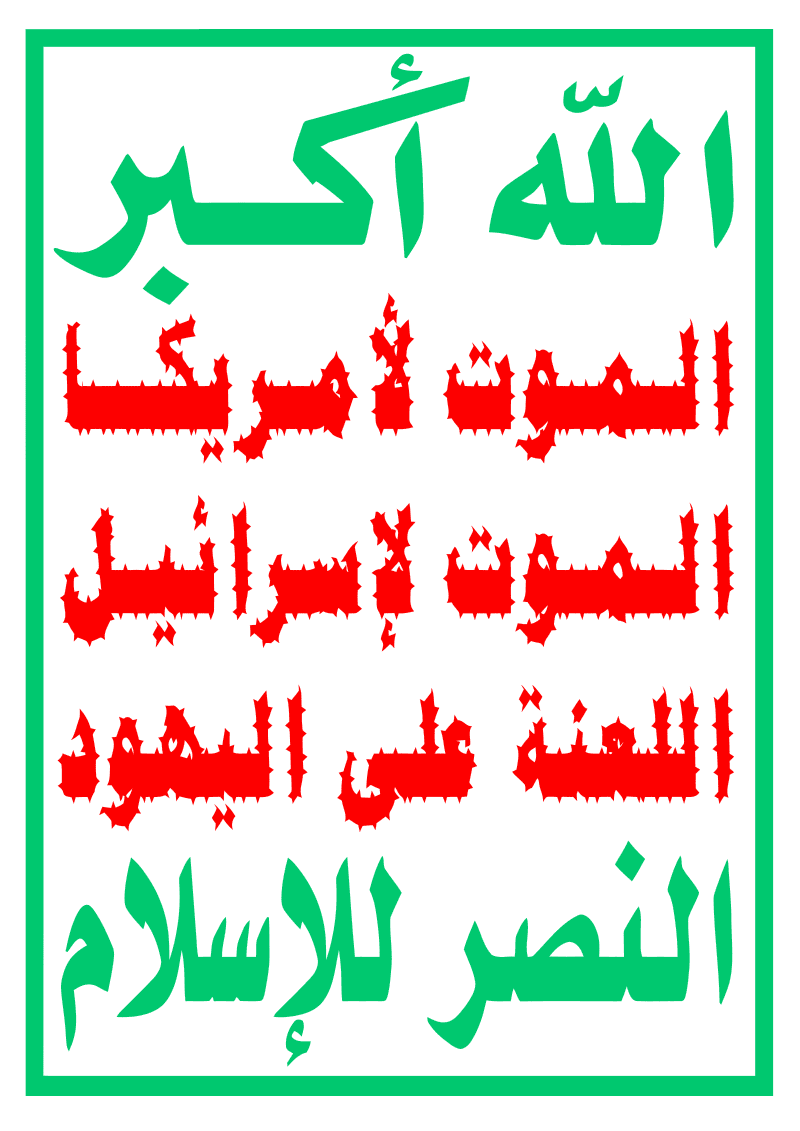This is the Red Sea, the passageway that carries 12% of world trade. This is where yet another Iranian proxy, the Houthi rebel group in Yemen, has been escalating its attempts to destabilize the West. Since October 2023, the Houthis have attacked over 40 international cargo ships sailing through the Red Sea, affecting everything from oil and gas to your package deliveries. They’ve also fired long-range ballistic missiles at Israel from over a thousand miles away. This all started when the Houthis rallied behind Hamas, their fellow Iranian proxy, after the October 7th massacre and took the Israel-Hamas war as an excuse to get involved in destabilizing their Western enemies any way they could. Iran began significantly supporting the Houthis after the rebel group took over Yemen’s capital in 2014, marking a turning point in the civil war that has killed hundreds of thousands of people and is still ongoing.
The Iranian regime saw an opportunity to entrench itself in yet another unstable Middle Eastern country and empowered the Houthis with money, weapons, training their fighters, and sending Iranian military advisers to Yemen. Over the last decade, the US and its coalition partners have intercepted and stopped at least 18 ships smuggling Iranian missiles and advanced weapons to the Houthis in Yemen. But even so, the Houthis amassed a diverse arsenal of Iranian UAVs, anti-tank guided missiles, ballistic and cruise missiles, and more weapons. The Houthis aimed to attack civilians and commercial infrastructure.
Today, not only do the Houthi weapons come from Iran, but Iran’s forces are actually providing real-time intelligence to the Houthis to direct their attacks on ships, endangering sailors from all over the world and wreaking havoc on the global supply chain industry. As of October 2023, the Houthis have been regularly attacking any vessel sailing nearby that they believe has a connection to Israel, whether or not it actually does. In response to these near-daily illegal attacks, the US redesignated the Houthis as an official terrorist organization, and the US and UK, with support from their coalition partners, launched strikes on Houthi targets in Yemen. However, the Houthis remain defiant and, thanks to Iran’s support, are still attacking ships regularly. The Houthis have proven to be a significant asset for Iran’s anti-American and anti-Israel agenda. The Houthi-Iran alliance is just one part of Iran’s axis of terror and ongoing attempts to destabilize the Western world.
Houthis
The Houthis, officially known as Ansar Allah, are a Shia Islamist political and military group from northern Yemen. Emerging in the 1990s to protect Zaydi traditions, they have grown into a significant force under the leadership of Abdulmalik al-Houthi, controlling large parts of Yemen, including the capital, Sana’a
Ideology
Under Abdulmalik al-Houthi, the Houthis’ ideology has shifted from religious mobilization to advocating for a civil state and modern democracy in Yemen. They have strong support from Zaydi northern tribes and oppose republicanism
Official Flag

Order of Battle
The Houthis have a complex organizational structure with key military leaders like Saleh Mesfer al-Shaer (logistics), Mansur al-Sa’adi (naval forces), and Ahmad ‘Ali Ahsan al-Hamzi (air force). They control security and government affairs in Sana’a through the Supreme Revolutionary Committee
Budget
The Houthis finance their operations through extortion, asset confiscation, taxing the port of Al-Hudaydah, rent extraction, and smuggling. Despite Iran’s support, they have developed significant financial autonom
Arsenal
The Houthis possess sophisticated weapons, including ballistic and anti-ship missiles, naval mines, anti-tank guided missiles, MANPADS, and drones. These are acquired through covert networks with substantial support from Iran and Hezbollah

